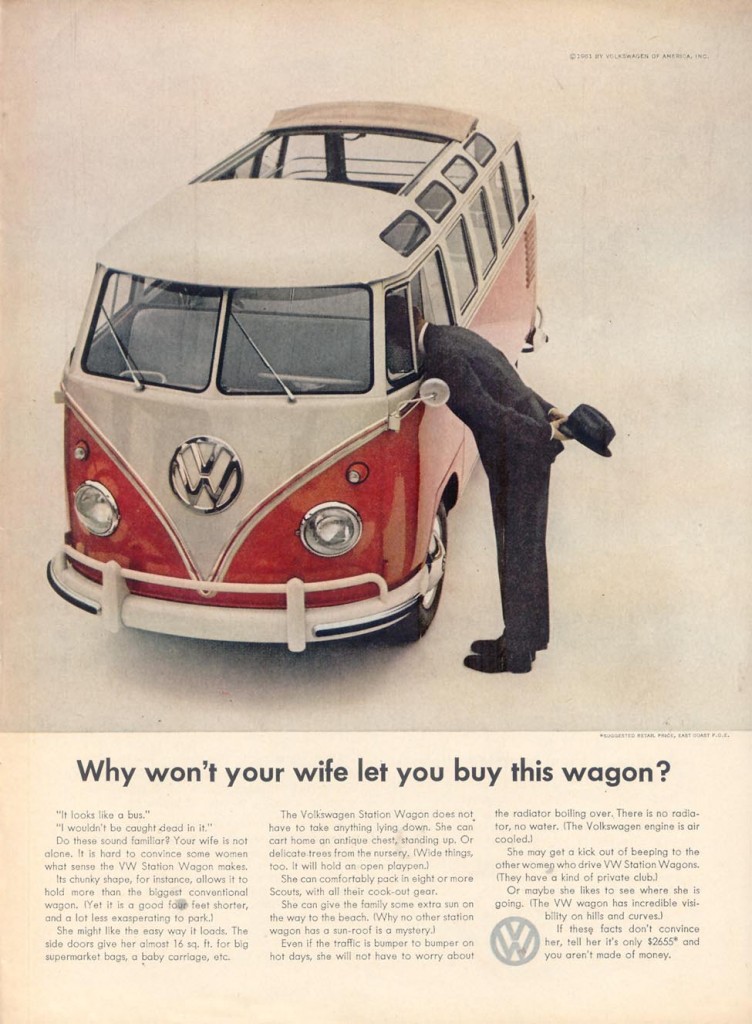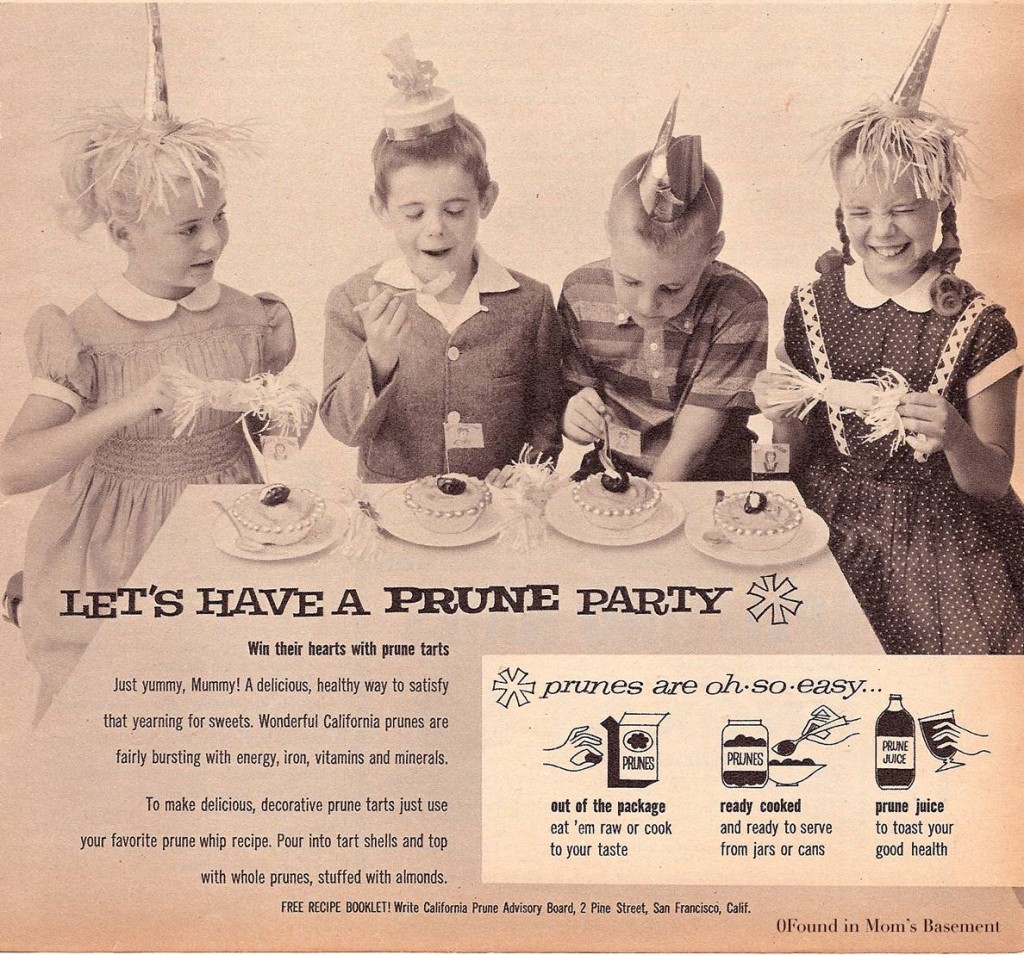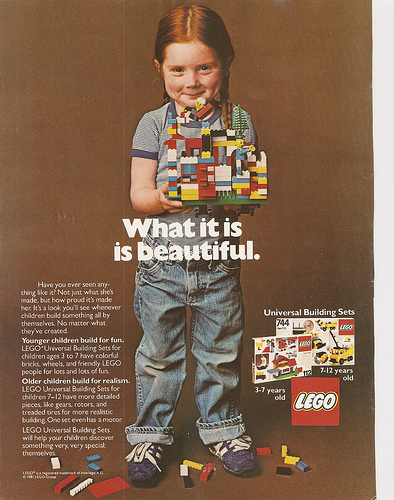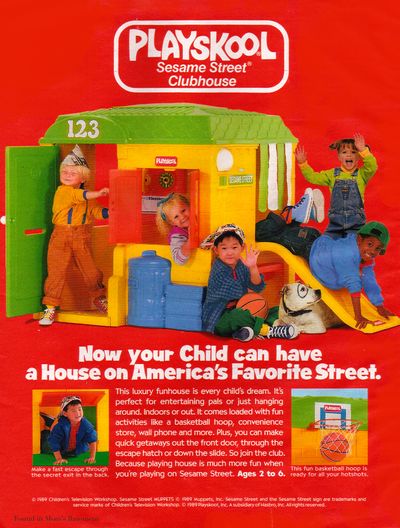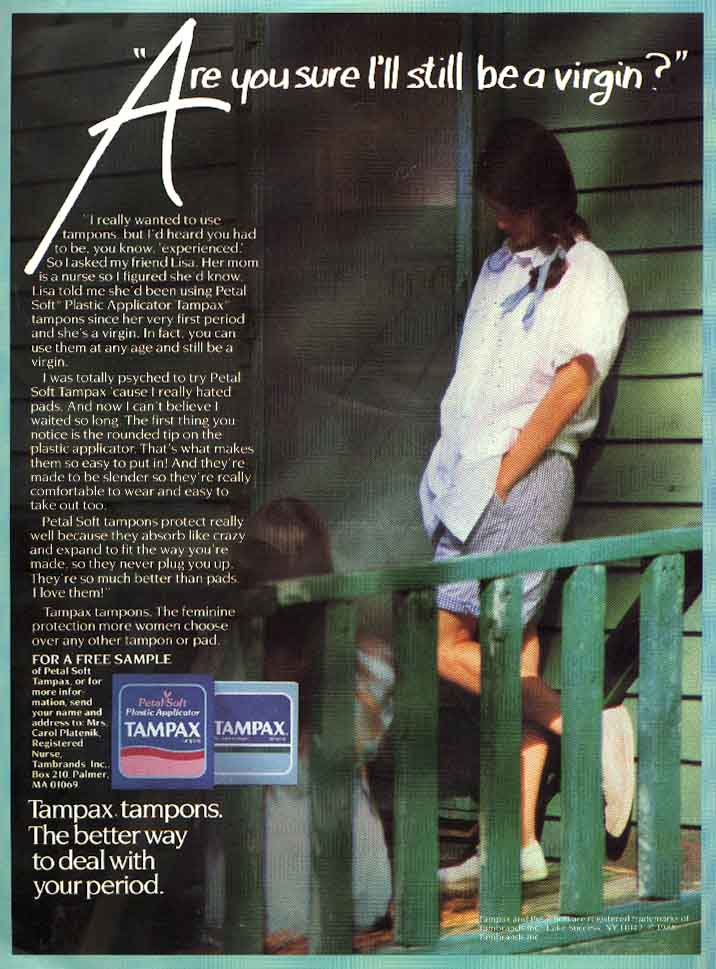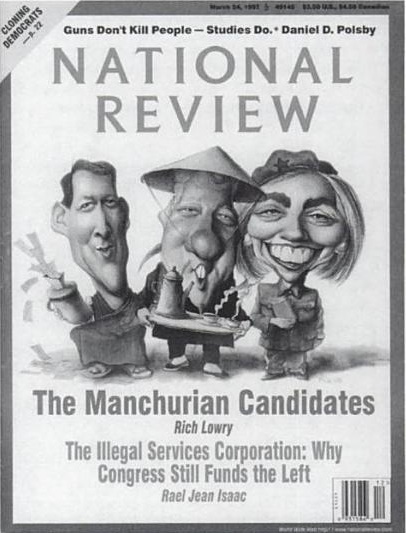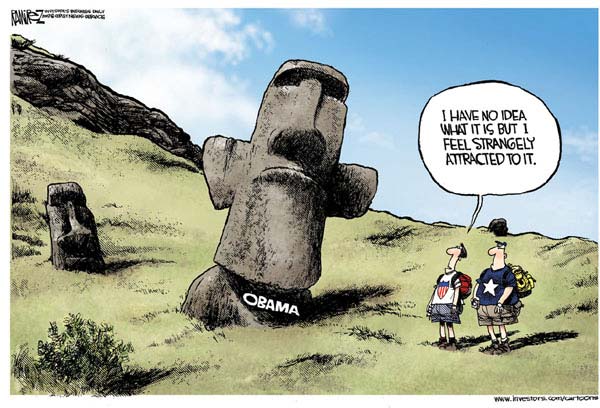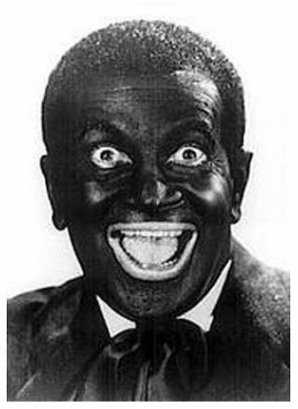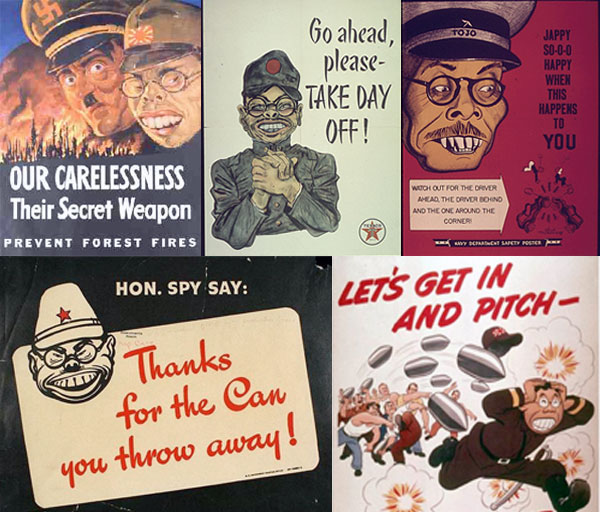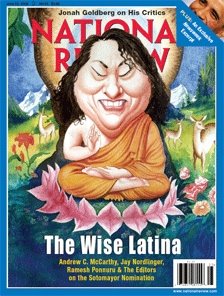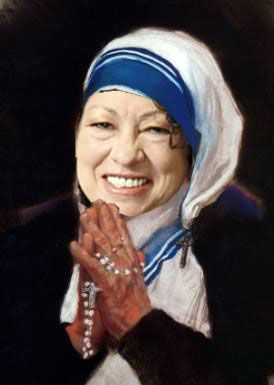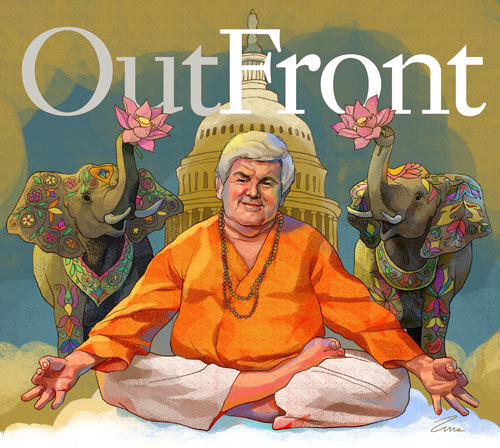Ideal bodies vary across cultures and time. In the U.S. today, childhood obesity is considered a significant social problem and is widely covered in the news, on talk shows, and the like. When food was more scarce, however, having a fat child was a sign of health and well-being. This ad, from 1898, is for a tonic that will fatten up your child. How times change.
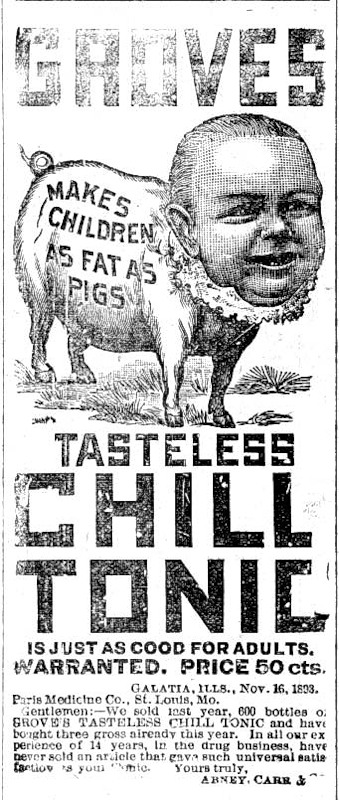
—————————
Lisa Wade is a professor of sociology at Occidental College. You can follow her on Twitter and Facebook.

